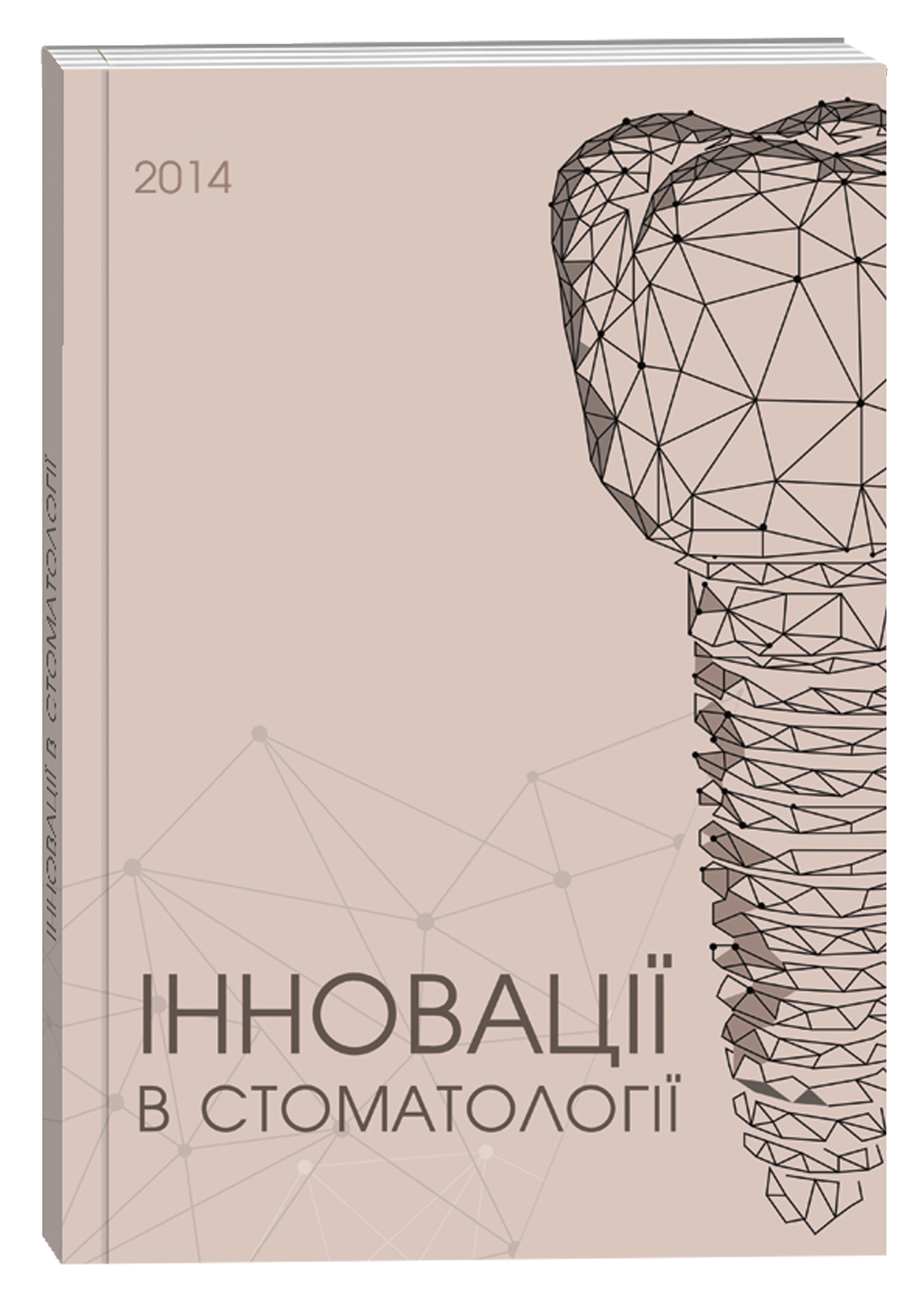A TRIPODAL MANDIBULAR SUBPERIOSTEAL IMPLANT ACCORDING TO L. I. LINKOW AVOIDS IN 2014 THE PROBLEMS DUE TO A SEVERE BONE ATROPHY
Keywords:
Bone atrophy - tripodal subperiosteal implant - CAT scans - stereolithographic model - la-ser melting - intravenous sedation - sliding locks - mandibular flexureAbstract
A 40 yrs. old female patient affected by insulin-dependent diabetes since the age of 5 had lost all her teeth over the years. Due to a severe bone atrophy, the last total dentures were dramatically unstable, particularly in the mandible. The department of maxillofacial surgery of the Ospedale Fatebenefratelli in Roma as well as other surgeons advised this patient against any kind of bone graft surgical procedures because of the degree of bone atrophy, of the volumes of bone to be grafted, and of course because of the type and degree of diabetes. The patient, well informed that a subperiosteal implant approach would be the only remaining option, was ad-dressed to Dr. G. Cortese in Torino. The CAT scans and the stereolithographic model of the patient's mandible induced Dr. G. Cortese to choose a subperiosteal tripodal implant according to L.I. Linkow as the most adequate implant to solve her problems. Both the surgery and the construction of the final prosthesis proved to be almost totally uneventful.
References
Linkow Leonard I, DDS, Rh.D, Wagner, John R, DDS, Chanavaz, Manual, MD, DDS, "Tripodal Mandibular Subperiosteal Implant: Basic Sciences, Operational Rrocedures, and Clinical Data", Journal of Oral Implantology, Jan. 1988, Vol 24/1, 20-24.
Fish, J.M., Misch, C.E., "Mandibular Bone Growth Induced by a Hydroxylapatite-coated Subperiosteal Implant: A
Case Report", Journal of Oral Implantology, 2000, 26(4), 267-75.
Somà, Aurelio, Cap. 5, "Sollecitazioni semplici"; para. 5.5, "Taglio: Tensioni interne"; para. 5.5.2, "Caso della sezione rettangolare", in Fondamenti di Meccanica Strutturale, Levrotto &Bella Editrice S.a.s., Torino, 2013, 148-149.








